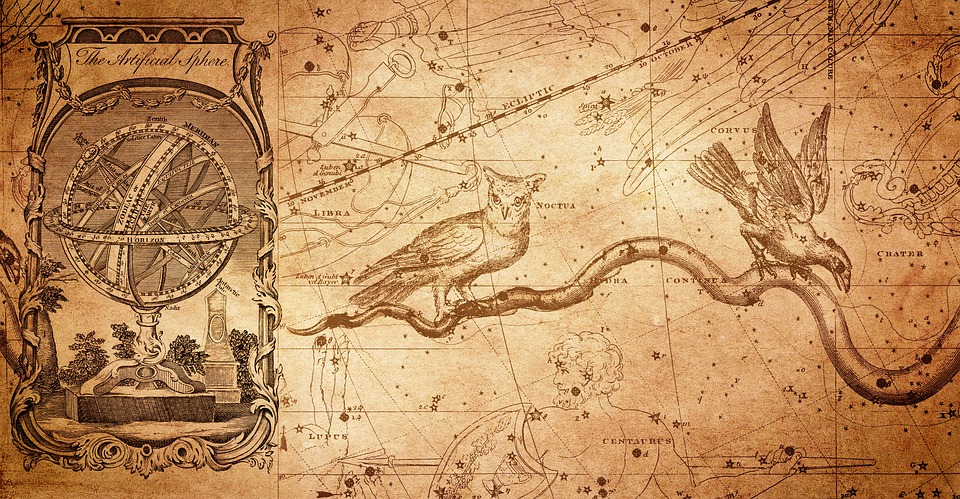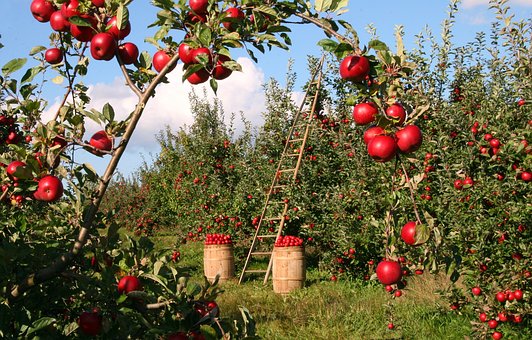Thunderstorm echoes, speaking stories across the earth..
Neath the oaks secret lovers sip golden summer wine..
Beltaine moon rises, shining silver in the evening sky..
In the circle, vibrant, firelit, the lady waits.
DreamSinger sings the songs of old, the dancers spiral turning..
Earth and water, fire and air.. on the altar candles burning.
East then South, West and North, the corner wards are called.
Raise the cup and drink…salute to she who waits..
We who stand on the edge of wonder, ask and do invoke..
Into the circle enter, enter.. love and trust your oath.
The scent of incense fills the night, carries whispers on the wind..
The horned lord bidden, here the lady waits..
Mysteries are spoken, souls and hearts, our will be done…
Passions inflamed are given reign.. freed from earthly bounds.
Renewal, fulfillment, as above.. so below.. and blessed be.
Under the beltaine moon… The lady waits no more..






